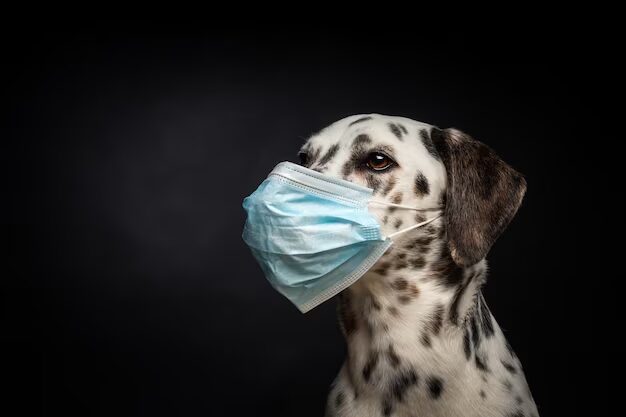Dog flu is highly contagious and can spread quickly from dog to dog. The virus is most commonly spread through respiratory secretions, such as coughing and sneezing. Still, it can also be applied by contacting contaminated objects, such as food, bowls, and toys. Dogs that spend time close to other dogs, such as in kennels or dog parks, are at a higher risk of contracting the virus.


